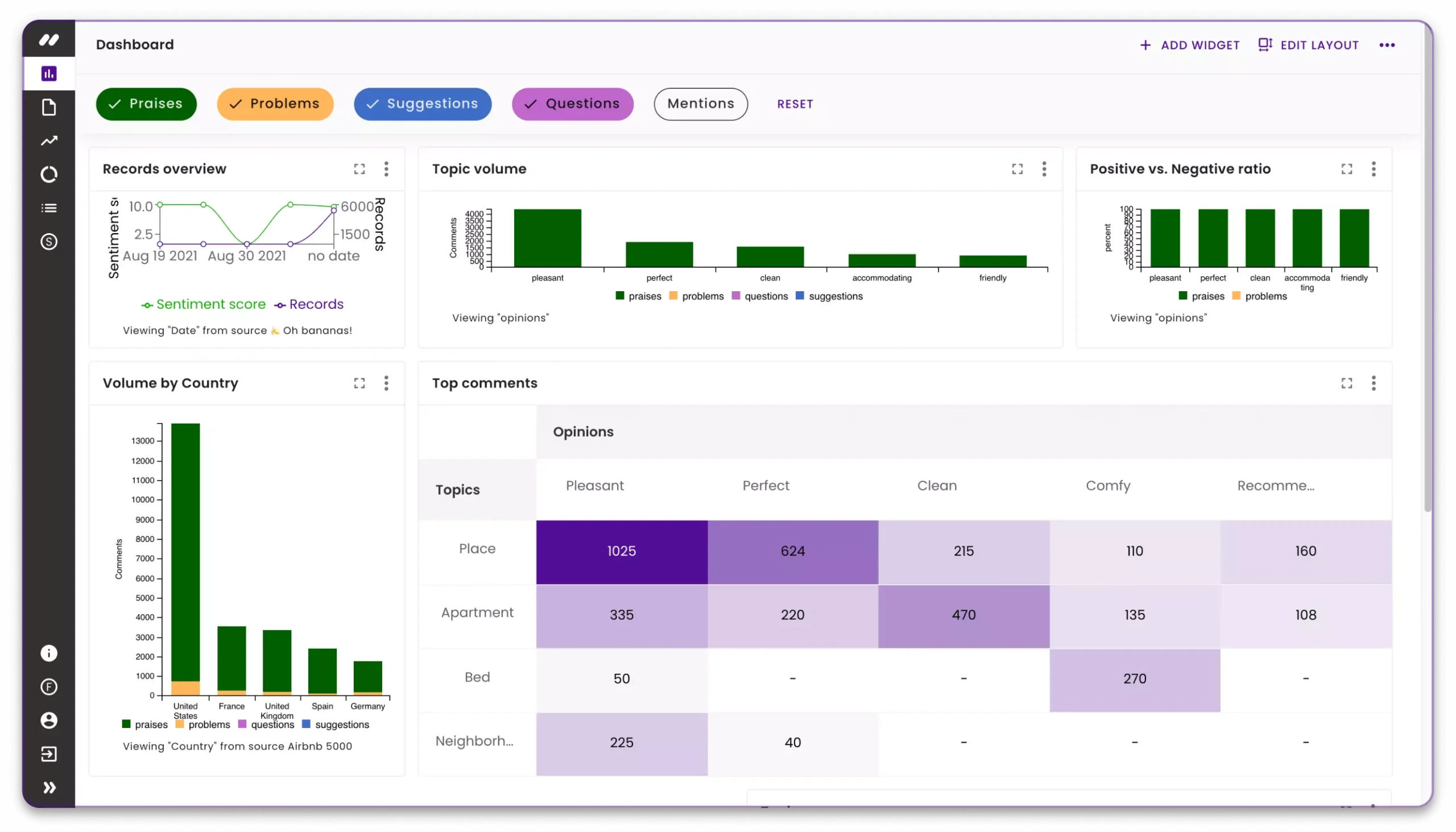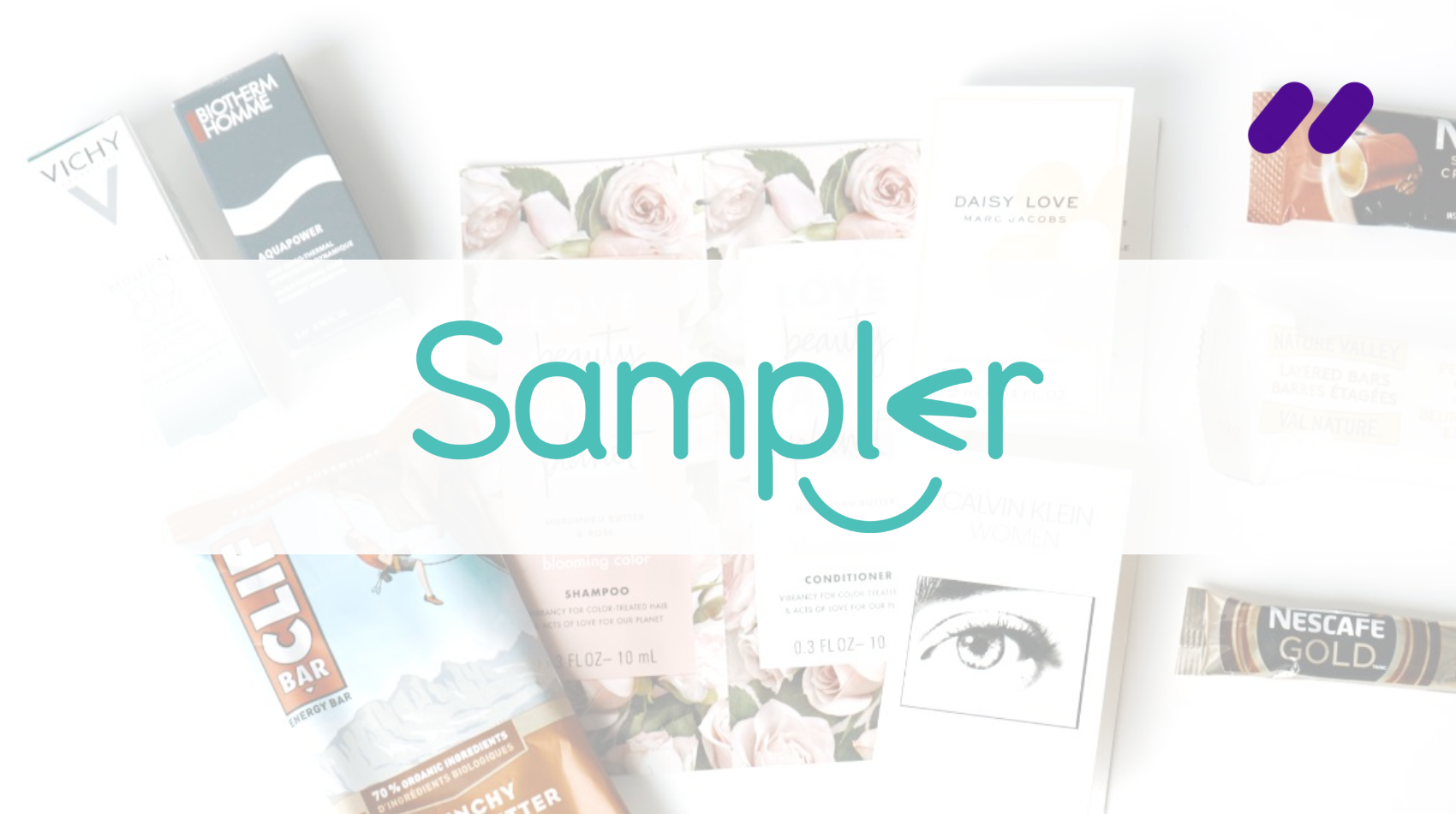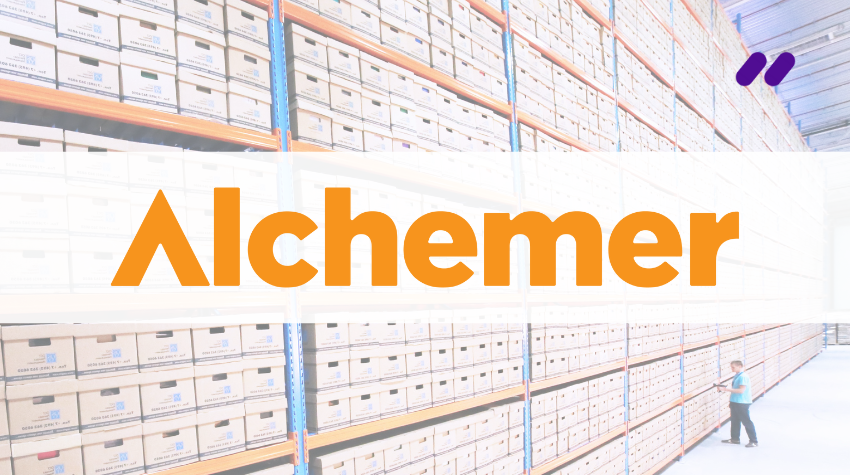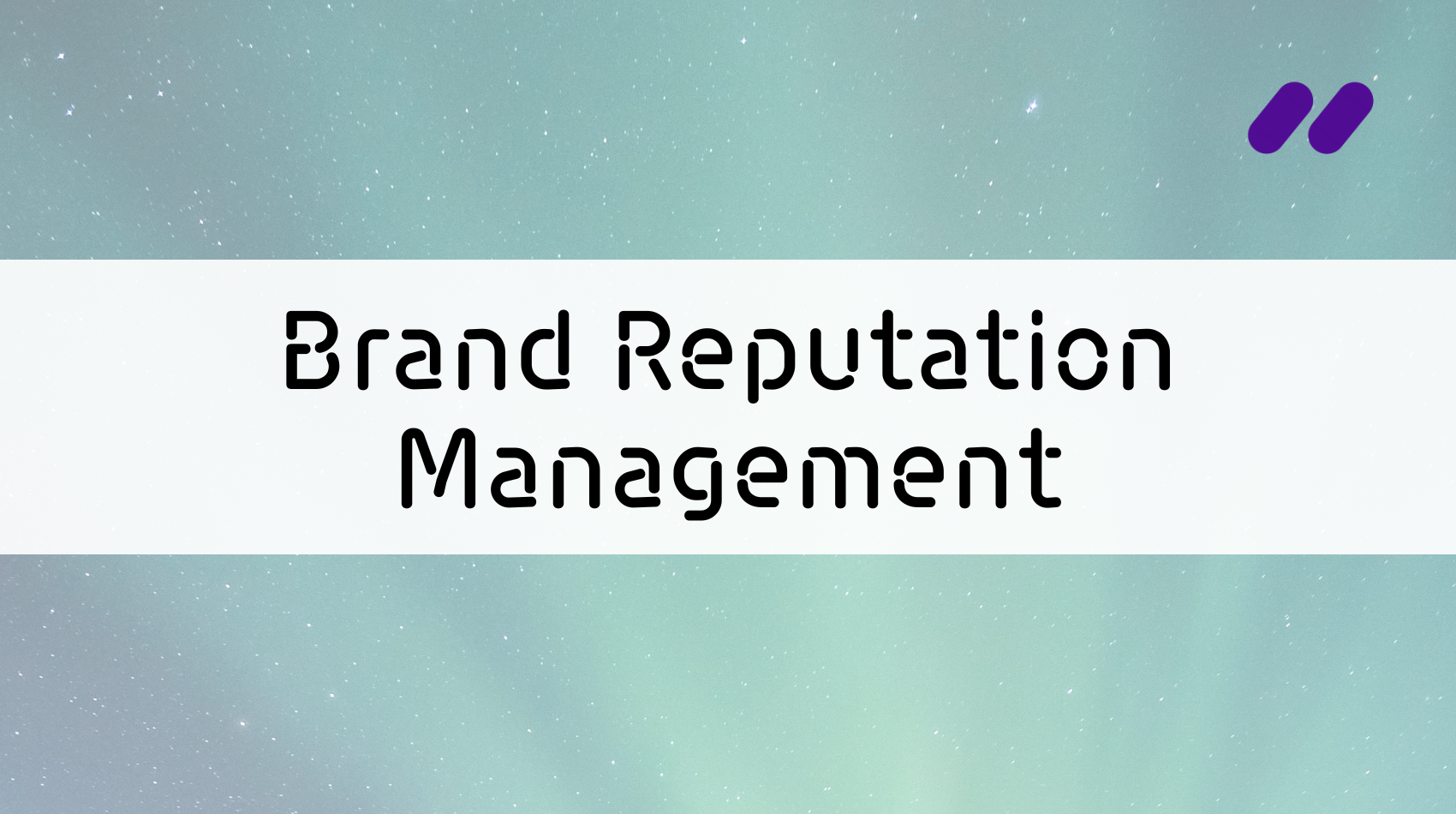With the right user-friendly analysis tools, companies can access the meat of consumer reviews and understand the sentiment behind why customers feel the way they do about a product. Of course, before anyone can write a review or even give a product a star rating, they have to try out the product first. Sampler is streamlining that process with its user profiles, personalized samples and doorstep delivery.
1. Why Sampler Needed Sentiment Analysis for Product Review Data
Sampler works on the simple logic that if consumers have the right products in their hands, they’re more likely to use those products. They also found that 1 in 4 consumers who get a free sample leave a review of the product. Taking into account a decrease in the number of avenues for consumers to trial products or purchase samples due to the global pandemic, this kind of personalization of sampling combined with delivery to customers’ doors boosts both metrics.
When she collected client customers’ ratings and reviews, it was simple enough to analyze the ratings, but analyzing anecdotal text-based feedback and relaying it to clients wasn’t in the cards.
Sampler account manager Alisha Manion found that it was difficult for her clients to sift through thousands of reviews and determine any real trends. When she collected client customers’ ratings and reviews, it was simple enough to analyze the ratings, but analyzing anecdotal text-based feedback and relaying it to clients wasn’t in the cards.
Some Sampler programs gather as many as 50,000 reviews. That’s where being able to analyze reviews at scale has been extremely helpful for the growing company. Crafted to detect and analyze sentiment within large quantities of text-based qualitative data, Keatext’s AI tool gives businesses like Sampler added value to their clients.
“When there’s a rating and review component to the reports that I present to a client, I can pull out the top topics that have been mentioned and present that information to the client,” says Alisha. “I can report that in a graph so they can see very clearly what major themes are emerging and what people are really gravitating towards.”
2. How Keatext’s Sentiment Analysis Provided ROI for Sampler
For Sampler, the primary ROI with Keatext’s review analysis solution is in how the tool helps account managers like Alisha quickly pull data and find the insights that matter most to clients.
“Instead of 8 hours to parse the details of the data in 6,000 reviews, it takes me 10 minutes using Keatext”
“Even reading through a few hundred ratings and reviews to see what jumps out and what some of the themes are takes a lot of time that we don’t have, especially in a pandemic when our company has grown quite a bit,” Alisha explains. “Instead of 8 hours to parse the details of the data in 6,000 reviews, it takes me 10 minutes using Keatext.”
For example, if Keatext identifies “scent” as a major topic customers are mentioning, Alisha can see how often scent is mentioned as a positive or a negative sentiment—often the review also mentions the reason behind that sentiment. “Being able to use even just the top level of Keatext analysis to pull out those nuances has been useful for understanding customer sentiment,” she adds.
Using sentiment analysis on unstructured data, Keatext’s AI tool can show multiple classifications within customers’ reviews, distinguishing between subjective and objective, opinion and fact, negative and positive, comparative and direct, and so on. The insights gained through this deep level of analysis can help uncover the motivation behind customer engagement with a brand.
3. Which Sentiment Analysis Features Mattered to Sampler
For Sampler account managers and other Keatext users with specific client needs to meet, Keatext’s “topic” view lets them group relevant topics together to include in reports on product roll outs and other campaigns. Having that level of control over the platform as a user makes customer data even more relevant to how every user does their work.
“Adding insights from data analysis to our reports, pulling out key topics and comments, it gives clients more context around consumer reviews and really shows that feedback’s value to a brand”
“Adding insights from data analysis to our reports, pulling out key topics and comments, it gives clients more context around consumer reviews and really shows that feedback’s value to a brand,” says Alisha.
Keatext lets all clients build custom dashboards so they can see the data and insights that matter most to them and their needs. These dashboards feature a summary of all the comments analyzed; top positive and negative comments, topics and sentiments; as well as statistics of the data and related graphs—all based on the KPIs that a company is interested in.

As the number of product reviews increases online, data analysis of customer feedback can help brands not only understand what their customers think about their products but use data-derived insights to brainstorm how to better engage with those customers. A free product sample delivered right to a customer’s doorstep is one way to reach out—when it’s coupled with data analysis of reviews that gives clients more insight into customer opinion and behaviour, the path to customer engagement becomes much more clear.





